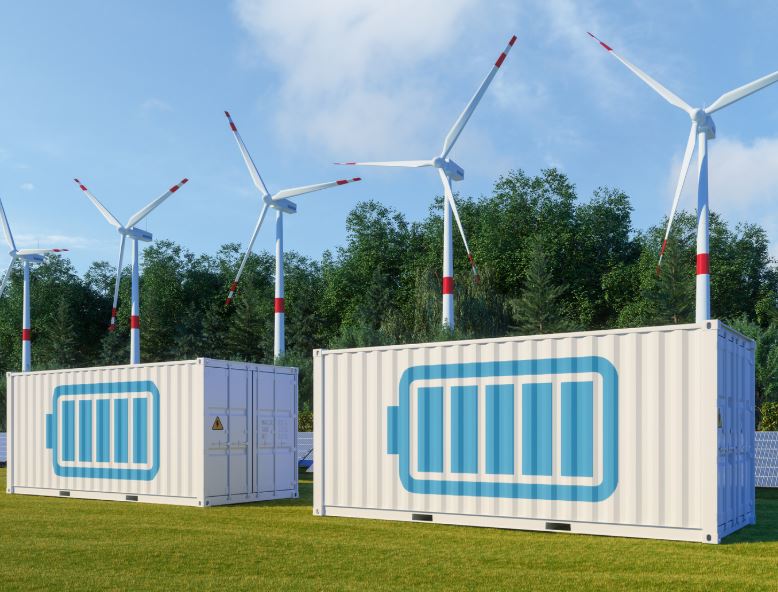Korean battery-makers, namely LG Energy Solution, SK On, and Samsung SDI, are preparing for the competitive surge triggered by CATL’s European expansion.
Market trends indicate CATL’s aggressive growth, leveraging its position as a global leader with a 33% market share in the electric vehicle (EV) battery sector according to SNE Research. As these Korean giants strive to maintain a foothold, they confront the reality of CATL’s strategic maneuver to establish multiple gigafactories across Europe, catalyzing an intensified competition in a market predicted to hit 300 GWh by 2030.
This expansion is fueled by CATL’s ability to optimize production costs and enhance battery efficiency, which are pivotal in this escalating race. European countries, eyes set on transitioning to green automotive technologies, offer fertile ground for CATL’s expansion, raising a formidable challenge to Korean manufacturers. The current market share data paints a cautious picture for these manufacturers as they work to match CATL’s rapid deployment capabilities.
Key industry analysts emphasize that Korean battery-makers must innovate in both technological advancement and strategic partnerships, particularly within Europe, to counter CATL’s dominance. Securing a supply chain resilience and investing in next-generation battery technology like solid-state alternatives could serve as a viable strategy. According to market forecasts, global demand for EV batteries is poised to grow consistently, thereby presenting opportunities but also compelling the need for cost-effective and high-performance solutions.
Simultaneously, the European Union’s regulatory environment, increasingly stringent with regards to sustainability, is another critical factor that Korean companies must navigate. As Korean firms analyze these regulatory landscapes, their ability to align their production strategies with these directives will influence their competitive standing. A strategic focus on local partnerships, not only with automakers but also within the recycling sector, could bolster Korean firms’ efforts against CATL’s rapid expansion. This evolving dynamic necessitates an analytical approach to safeguard South Korea’s position in the global battery supply chain.
Korean firms are being pressed to pivot swiftly and decisively, leveraging technological expertise and expanding manufacturing footprints. The overarching objective remains clear: to mitigate CATL’s encroachment on the European stage and safeguard their share in the burgeoning EV market.





